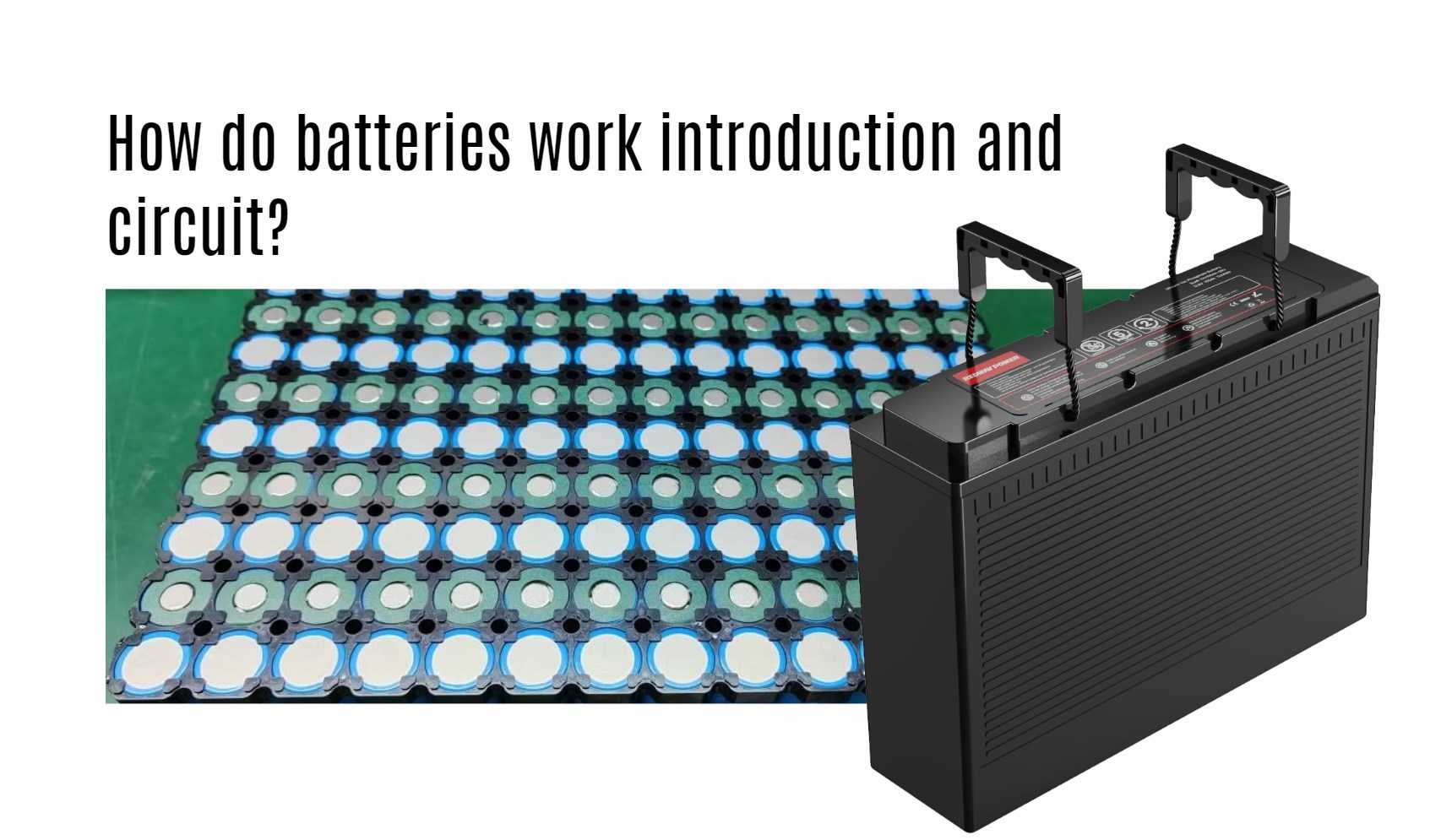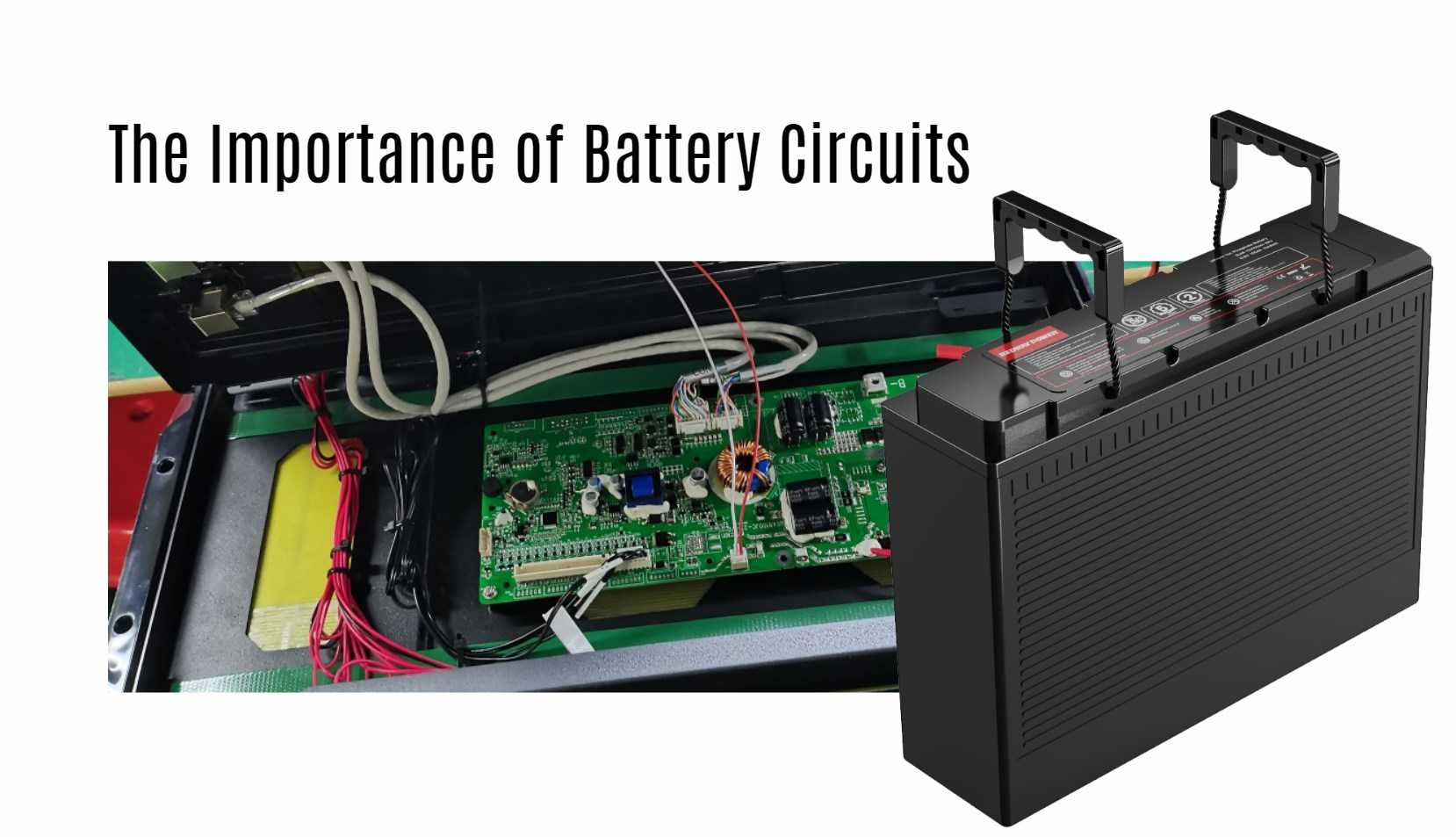Ever wondered how those small but mighty batteries power up our favorite gadgets and devices? Well, you’re in for a shock (pun intended) because today we’re diving into the electrifying world of batteries! From the basics of battery components to understanding how they generate electricity, get ready to spark some knowledge on how these powerhouses work their magic. So, grab your seatbelt – or should I say safety goggles – as we embark on this enlightening journey through the electrifying realm of batteries and circuits!
The Basic Components of a Battery
When it comes to understanding how batteries work, knowing the basic components is key. A battery typically consists of three main parts: an anode (the negative terminal), a cathode (the positive terminal), and an electrolyte that allows ions to flow between them.
The anode is where chemical reactions occur that produce electrons, while the cathode is where these electrons are stored until needed. The electrolyte serves as a medium for ion exchange between the two terminals, completing the circuit and generating electricity.
These components work together seamlessly to create a flow of electrons from the negative terminal to the positive terminal when connected in a circuit. This flow of electrons is what powers our devices and keeps them running smoothly.
Understanding these basic components lays the foundation for grasping how batteries function in various applications, from small household gadgets to large-scale industrial equipment.
How Do Batteries Generate Electricity?
Ever wondered how a small, portable battery can power up your devices on the go? Let’s dive into the fascinating world of how batteries generate electricity.
Batteries work through a chemical reaction that occurs between two different materials called electrodes immersed in an electrolyte solution. When connected within a circuit, this reaction causes electrons to flow from one electrode to the other.
This flow of electrons creates an electric current that powers our devices. The voltage produced by the battery is determined by the types of materials used in its construction and their specific properties.
Different types of batteries generate electricity in various ways – from alkaline batteries commonly found in remote controls to lithium-ion batteries powering smartphones and laptops.
Understanding how batteries generate electricity is essential for designing efficient circuits that maximize power output while ensuring safety and longevity for your electronic devices.
Types of Batteries and Their Uses
Batteries come in various types, each designed for specific purposes. The most common ones include alkaline batteries, known for their longevity and versatility in everyday devices like remote controls or flashlights. Then there are lithium-ion batteries, popular in smartphones and laptops due to their high energy density.
Nickel-metal hydride (NiMH) batteries are rechargeable and often used in digital cameras or power tools. Lead-acid batteries are commonly found in cars to provide the necessary starting power. Furthermore, you have zinc-carbon batteries that are cost-effective options for low-drain devices such as clocks or toys.
Each type of battery serves a unique function based on its chemistry and design. Understanding these differences can help you choose the right battery for your specific needs without compromising performance or safety.
The Importance of Battery Circuits
When it comes to batteries, the role of battery circuits is crucial in ensuring efficient power distribution. These circuits help regulate the flow of electricity from the battery to the connected devices, preventing overcharging or short circuits.
Battery circuits also play a key role in protecting both the battery and the device by controlling voltage levels and maintaining a stable current output. Without proper circuitry, batteries could easily become damaged or pose a safety risk.
Moreover, battery circuits allow for customization and optimization based on specific power requirements. Whether it’s a simple flashlight or a complex electronic device, having the right circuit design can significantly impact performance and longevity.
In essence, understanding and implementing proper battery circuits is essential for maximizing the functionality and lifespan of your devices while ensuring safe operation.
How to Build a Simple Battery Circuit
Looking to delve into the world of electronics and learn how to build a simple battery circuit? You’re in luck! Building a basic battery circuit is a great way to understand the fundamentals of electrical currents and voltage.
To get started, gather your materials: a battery (such as AA or AAA), wires with alligator clips, and an LED light bulb. Connect one end of a wire to the positive terminal of the battery and attach the other end to the longer leg of the LED bulb. Then, connect another wire from the negative terminal of the battery to the shorter leg of the LED.
Voila! You’ve just created a simple closed-loop circuit where electrons flow from one terminal of the battery through the wires and into the LED, lighting it up. Experiment with different components and configurations to further explore how circuits work. Happy tinkering!
Troubleshooting Common Battery Issues
Running into issues with your batteries can be frustrating, but fear not – troubleshooting common problems is easier than you think. One frequent issue is a weak or dead battery due to overuse or old age. If this happens, try recharging it or replacing it with a fresh one.
Another common problem is corrosion on the battery terminals, which can hinder the flow of electricity. To fix this, gently clean the terminals using a mixture of baking soda and water. Ensure they are dry before reattaching them.
Sometimes batteries may not hold their charge properly, indicating a potential internal problem. In such cases, it’s best to replace the battery altogether for optimal performance.
If you notice your device overheating when using batteries, it could be due to excessive current draw or poor ventilation. Try using lower-power settings if possible and ensure proper airflow around the device to prevent overheating issues.
Conclusion
Understanding how batteries work and the role of circuits in powering our devices is essential for anyone looking to delve into electronics or simply understand their everyday gadgets better. Batteries are more than just power sources; they are marvels of engineering that have become indispensable in our modern lives.
By grasping the basic components of a battery, learning how they generate electricity, exploring different types and their uses, as well as understanding the significance of battery circuits, you gain a deeper appreciation for these small but mighty energy providers.
With this knowledge in hand, you can now confidently tackle building simple battery circuits and troubleshoot common issues that may arise. Whether it’s powering a flashlight or keeping your smartphone running all day long, batteries play a crucial role in keeping us connected and productive.
So next time you pick up your favorite electronic device, take a moment to appreciate the complex yet fascinating world inside that tiny battery – it’s truly electrifying!





